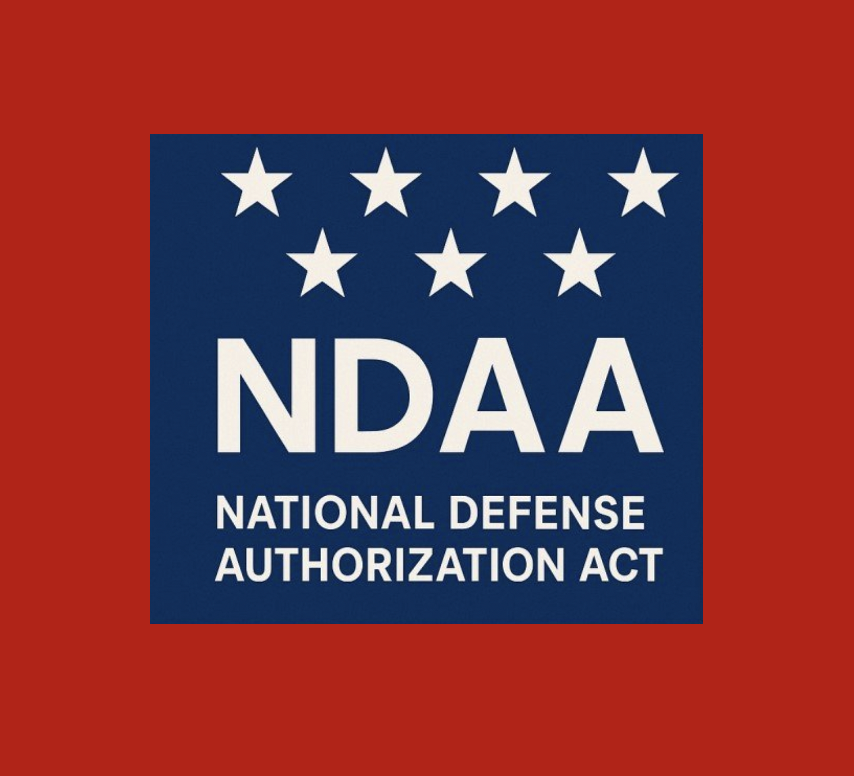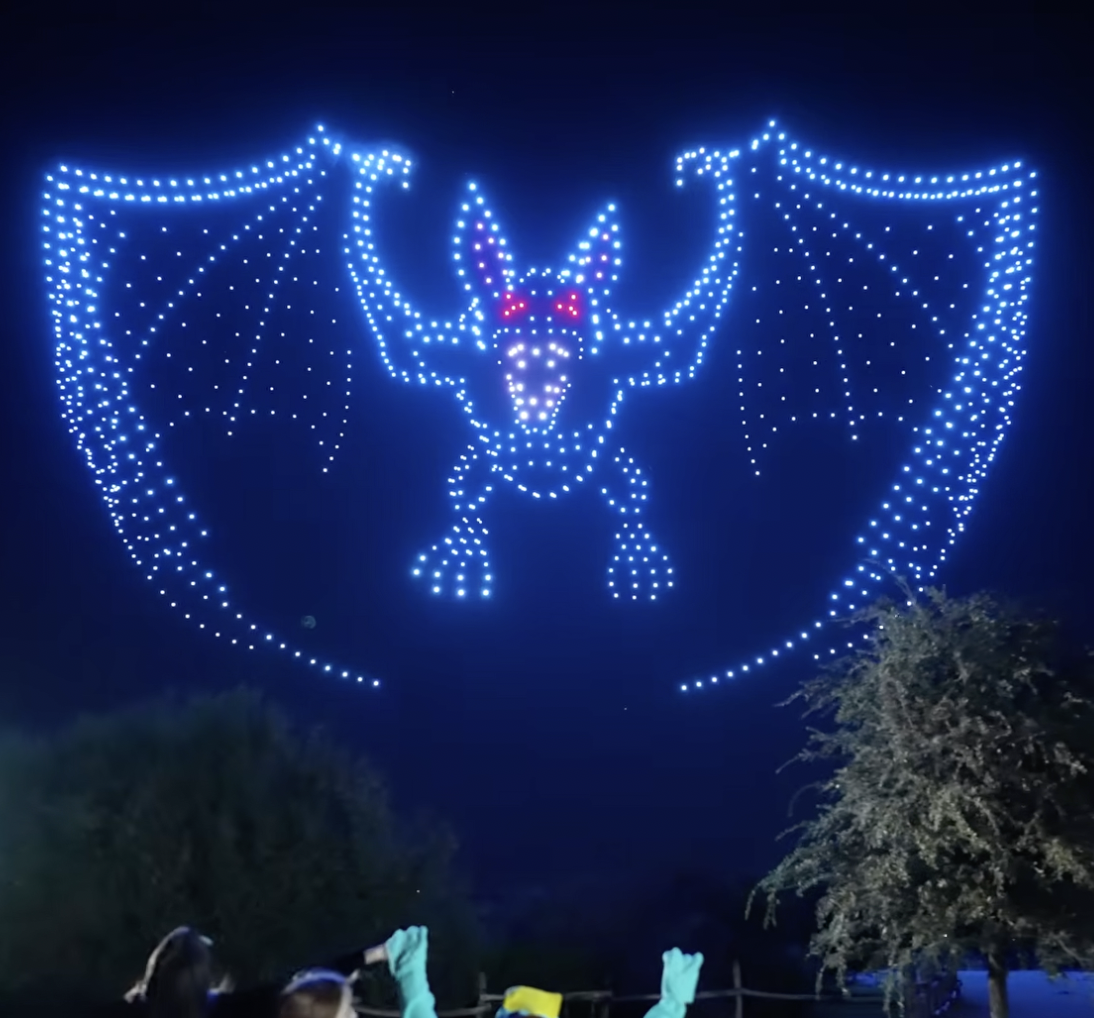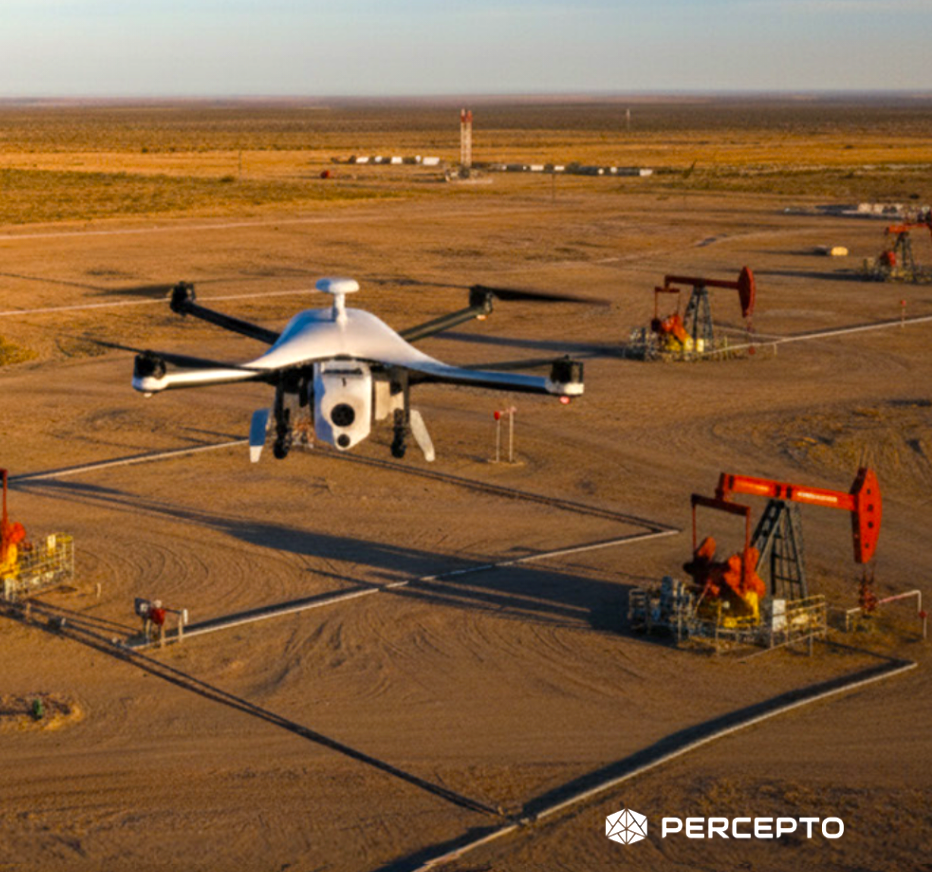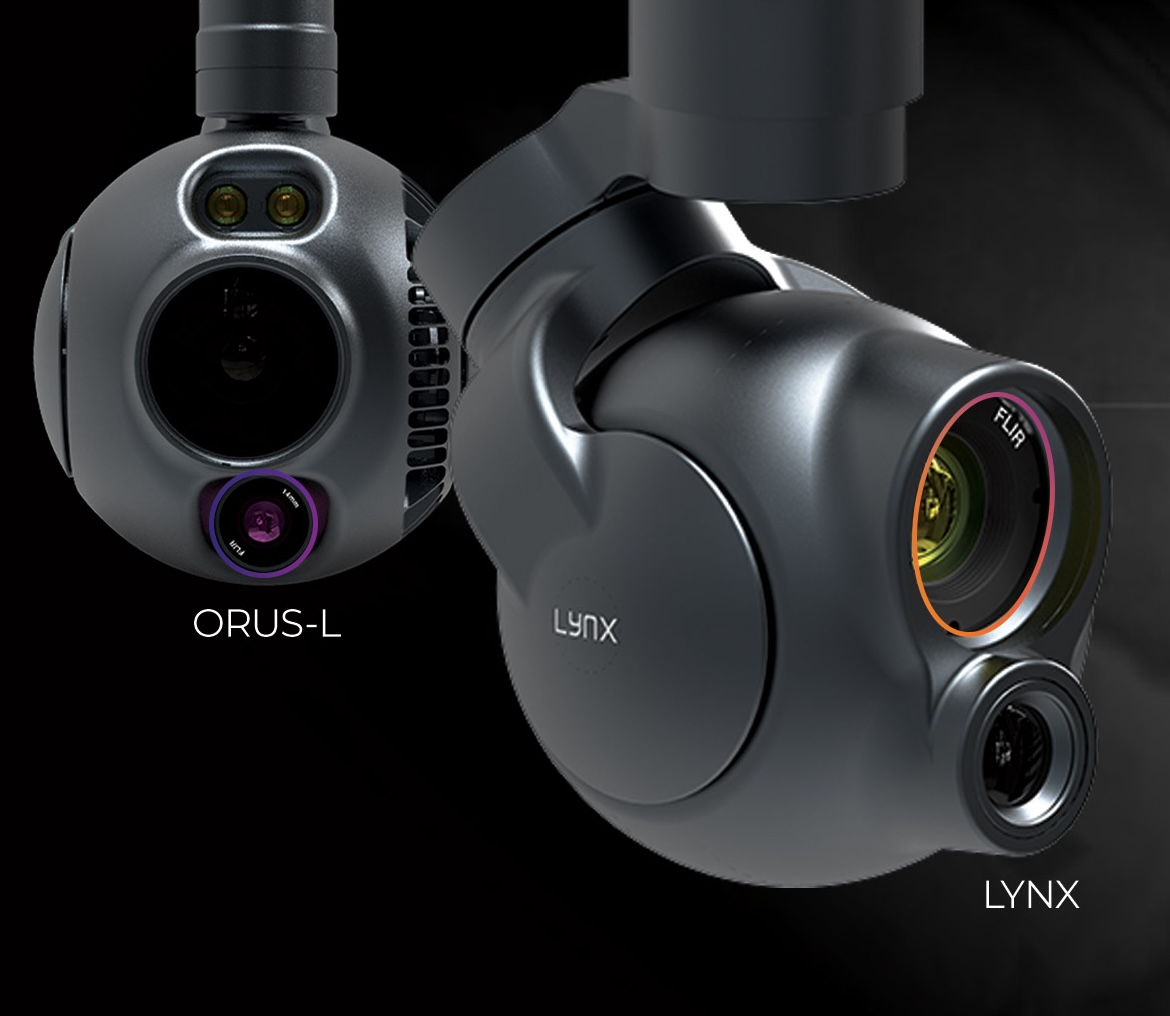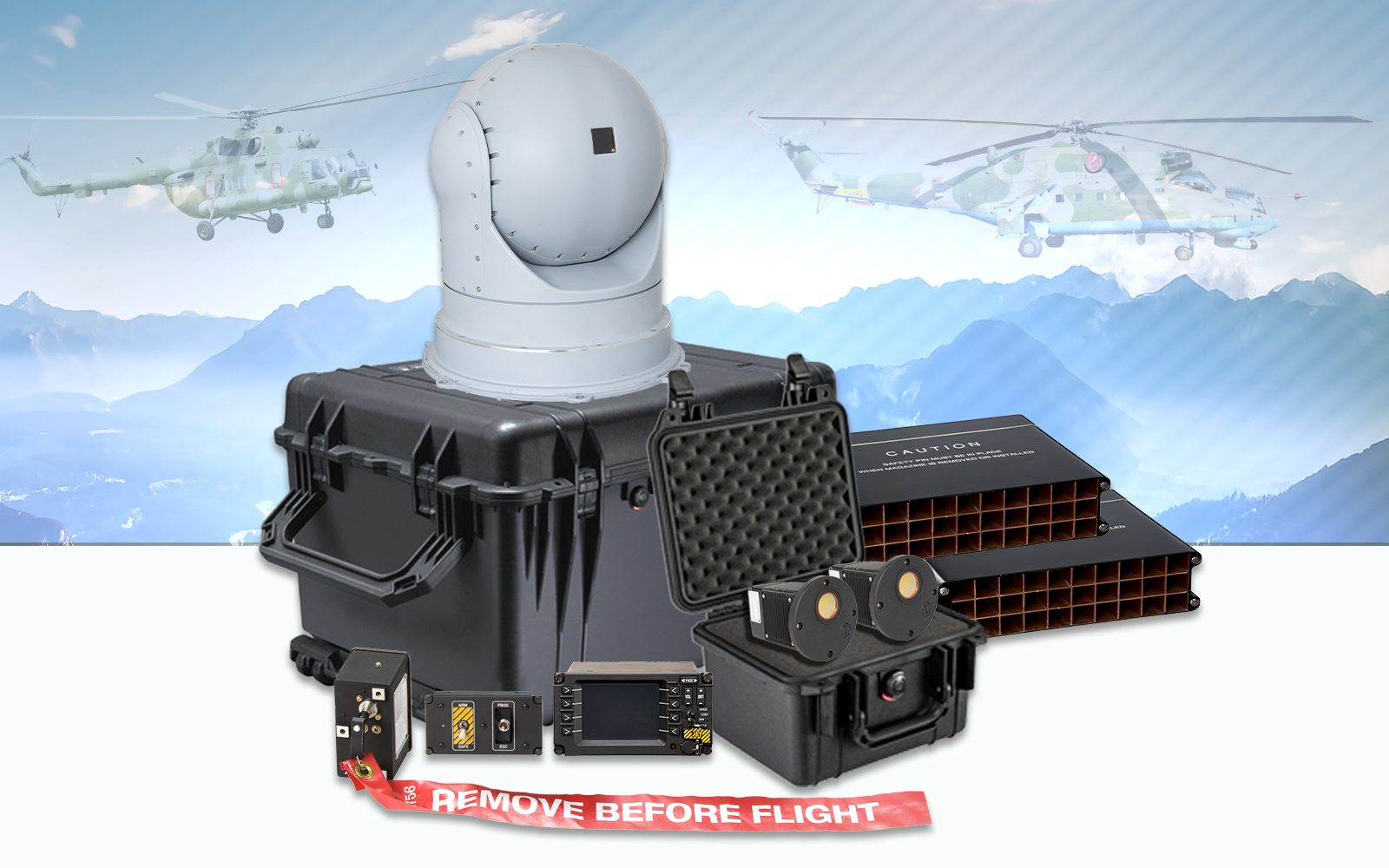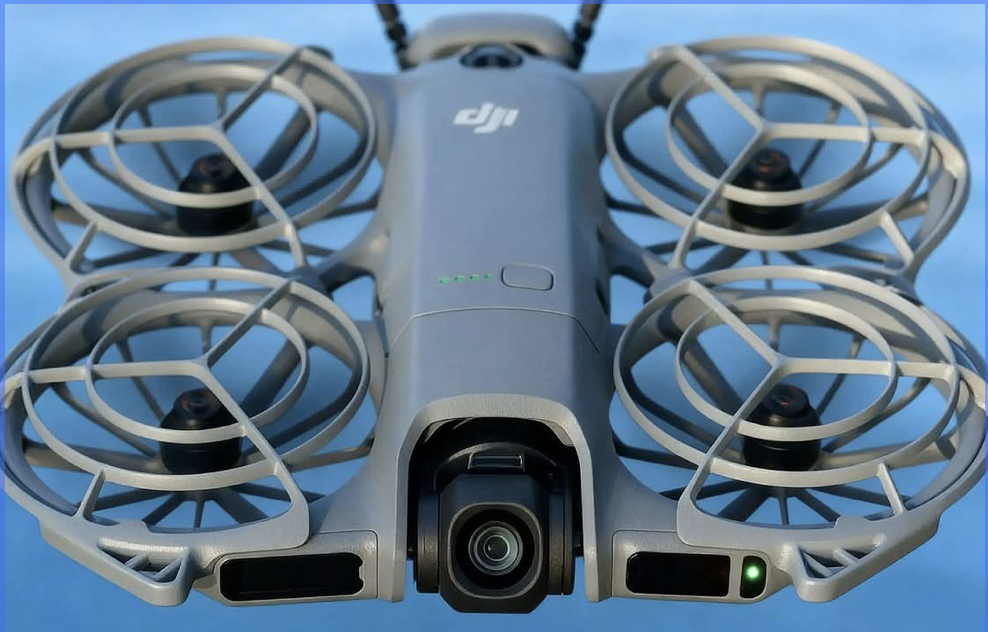Featured NewsTrending NewsThe FCC's Game-Changing Vote

04 November 2025
The skies over the United States are buzzing, but with fewer drone propellers and instead with more weighty implications of a recent, highly significant vote by the Federal Communications Commission (FCC).
On October 25, 2025, the FCC delivered a decision that could send shockwaves through the drone industry, particularly impacting global giant Da-Jiang Innovations (DJI). By voting to amend its rules to allow the agency to revoke or modify existing Equipment Authorizations (EAs)—the certifications necessary for devices to transmit in the United States—the FCC has introduced an unprecedented level of regulatory uncertainty.
This move, framed under the banner of national security, is a clear escalation in the ongoing geopolitical and technological competition between the U.S. and China, and it could fundamentally reshape the commercial and recreational drone landscape in America.
To grasp the magnitude of this vote, one must first understand the FCC's role.
The FCC is the primary authority overseeing interstate and international communications by radio, television, wire, satellite, and cable in the U.S. Crucially for the drone industry, it is the gatekeeper for the wireless spectrum. Any device that transmits radio frequency (RF) signals—which includes the controller-to-drone link, video transmission, and telemetry data—must possess an Equipment Authorization (EA) from the FCC.
Historically, once an EA was granted, it was a permanent certification, essentially a lifetime passport for that specific model to operate in the U.S. market. The FCC’s new rule changes this paradigm entirely, introducing a new clause that grants the commission the power to revoke, suspend, or modify an existing EA if the equipment poses an unacceptable risk to national security.
This power is not limited to new applications; the rule is explicitly structured to be retroactive, targeting products that are already certified and actively being sold and operated within the United States. This is the lynchpin of the controversy, as it places manufacturers—especially those designated as national security risks—in a precarious position where their entire U.S. product line could be legally nullified overnight.
While the FCC rule is technically brand-neutral, the consensus across the industry and government is that it is squarely aimed at DJI. The Chinese company controls an estimated 70-80% of the global consumer and commercial drone market, making it the dominant supplier in the U.S. as well.
DJI has long been in the crosshairs of U.S. government agencies due to concerns that the company's drones could be used by the Chinese government for espionage, data collection, or infrastructure mapping. The primary security concerns revolve around:
Data Exfiltration: Allegations that flight logs, images, and video data collected by DJI drones could be transmitted back to servers in China, potentially accessible by the Chinese government.
Hardware Backdoors: Suspicions of hidden vulnerabilities in the drone's firmware or hardware that could allow for remote hijacking or surveillance.
“Critical Infrastructure” Risk: The widespread use of DJI drones by U.S. law enforcement, fire departments, energy companies, and other “critical infrastructure” operators, raising fears of supply chain compromise.
The FCC vote is the latest in a series of punitive actions against the company. Previous measures include the Department of Defense (DoD) effectively banning the purchase and use of commercial off-the-shelf DJI drones, and the Department of Commerce adding DJI to its Entity List for its alleged role in human rights abuses, restricting U.S. companies from exporting technology to DJI.
The FCC's move, however, is arguably the most potent regulatory weapon deployed to date because it targets the essential legal permission required for the devices to function in the U.S. A revocation of EAs would make it illegal to import, sell, or even potentially operate the affected drone models within the country, effectively killing DJI’s U.S. business overnight.
How will the FCC exercise this new power? The rule outlines a process that, while including a measure of due process, grants the commission significant discretion:
Designation: The process would likely begin with another federal agency—such as the Department of Defense (DoD), Department of Homeland Security (DHS), or the Director of National Intelligence (DNI)—designating a company or its equipment as a national security risk.
Notice and Opportunity to Respond: The FCC must then provide the EA holder (the manufacturer) with notice of its intent to revoke and offer them an opportunity to respond and present evidence.
Final Order: After reviewing the evidence and the national security assessment, the FCC will issue a final order, which could result in the full revocation or modification of the Equipment Authorization.
Crucially, the rule allows for the public release of only a redacted version of the national security finding, meaning that manufacturers and the public may not get to see the full, classified basis for the revocation. This raises immediate concerns about the transparency and fairness of the process.
The potential consequences of an FCC revocation extend far beyond DJI's corporate headquarters. This regulatory action threatens to upend the entire U.S. drone ecosystem:
The Commercial and Enterprise Market Crisis
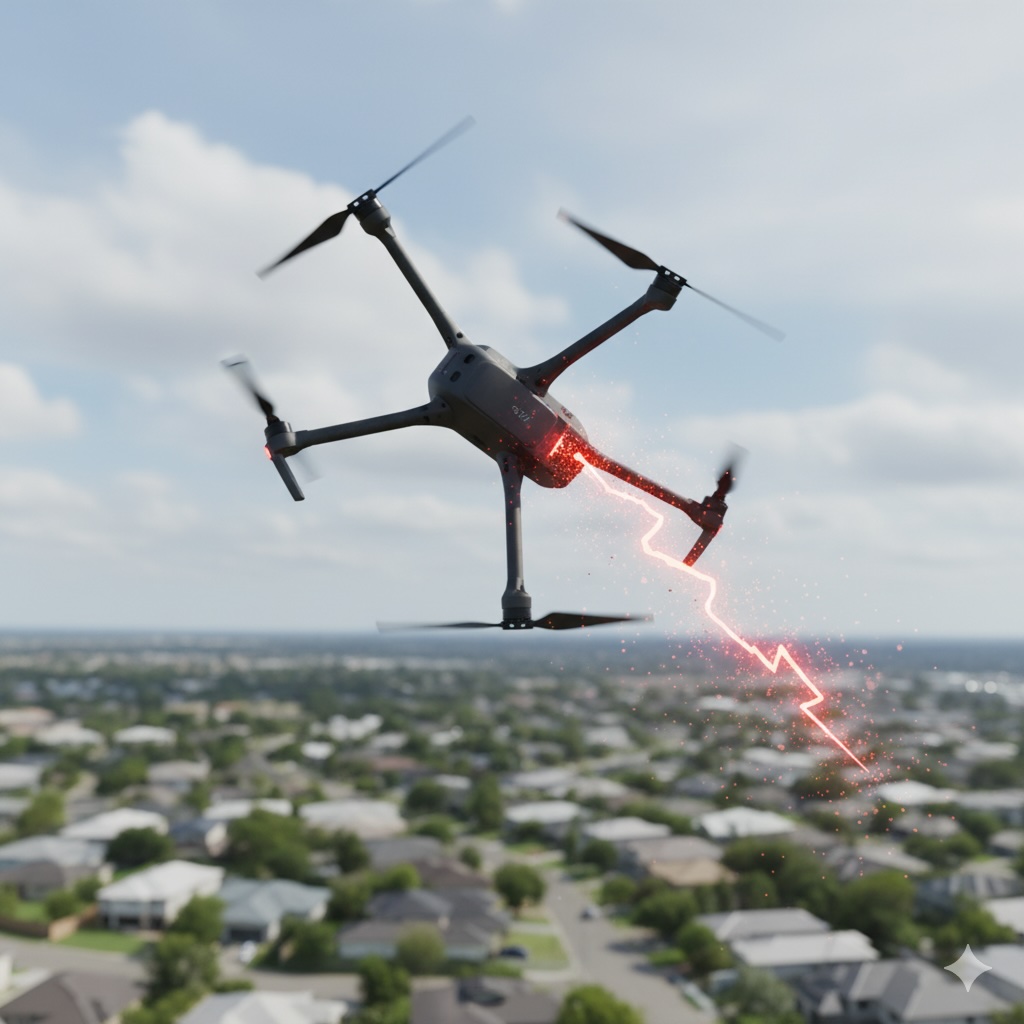
Existing Fleets: Thousands of U.S. businesses, including construction firms, agricultural operations, and energy inspectors, rely on large fleets of DJI drones. An EA revocation would render these expensive assets effectively useless, forcing businesses into costly and immediate transitions.
Maintenance and Support: Even if the operation of existing drones is grandfathered (a key uncertainty), maintenance, replacement, and firmware updates for these models would become problematic, starving the commercial sector of essential tools.
The Law Enforcement and Public Safety Gap: Police and fire departments are among the heaviest users of DJI, utilizing them for search and rescue and scene reconstruction. Their reliance on readily available, affordable, and high-performance technology would be abruptly severed.
The Consumer Market Vacuum

Price Spike and Availability: DJI's dominance has kept consumer drone prices competitive. Removing the market leader would create a vacuum, likely leading to a significant price increase for comparable drone technology.
Stifled Innovation: Drone deployers, accustomed to the innovative features of the Mavic and Matrice series, would face a limited selection of alternative brands, many of which still lag behind DJI in payload technology, battery life, and integrated software.
The Rise of "NDAA-Compliance" and Domestic Manufacturing
Opportunity for Competitors: The crisis is a significant opportunity for manufacturers like Skydio, Teal Drones, Parrot (a French company), and more. The U.S. government has been actively promoting the NDAA-compliance initiative—a process for identifying companies and products/platforms that operate and manufacture out of American-friendly countries—and the FCC rule further solidifies the economic incentive to develop secure, American-made (or at least American-friendly) alternatives.
Manufacturing Challenge: While this is a boon for domestic producers, they currently lack the scale to immediately meet the massive demand of the suddenly unserved market. Ramping up production to replace a giant like DJI will take years, creating a supply bottleneck in the interim.
The FCC's vote is not the final word; it is the opening salvo in what is likely to be a protracted legal and legislative battle. DJI will almost certainly mount a vigorous legal challenge to any revocation, arguing that the rule is an unconstitutional overreach and a violation of administrative law. The company could argue that the FCC is acting outside its historical purview of spectrum management to engage in industrial policy under the guise of national security.
For drone pilots, businesses, and hobbyists, the immediate future is one of caution and uncertainty. Organizations should begin to conduct risk assessments on their drone fleets and explore migration strategies to other non-Chinese alternatives. The era of the undisputed, low-cost drone market leader may be nearing an end.
The ultimate outcome will be a more fractured, more expensive, but potentially more secure U.S. drone market. The FCC’s vote has shifted the ground beneath the entire industry, making national security a permanent, non-negotiable factor in the cost of doing business and the future of flying in America. The skies are changing, and everyone who operates a drone must pay close attention to the turbulence ahead.

